Ralph Turner
Well-Known Member
Up to now I’ve been using the stitching tool in PSE6 for assembling sectional scans of medium format frames. The end result is usually a superb seamless composite. The only drawback is that elements will only handle 8-bit files. As a result I usually do any major edits on the 16-bit sections, noting the settings in order to match each scan prior to saving in 8-bit and then stitching.
As you can imagine, all a bit of a faff. Does anyone know of an easy-to-use program that can stitch as well as PSE but in 16-bit, please?
As you can imagine, all a bit of a faff. Does anyone know of an easy-to-use program that can stitch as well as PSE but in 16-bit, please?
